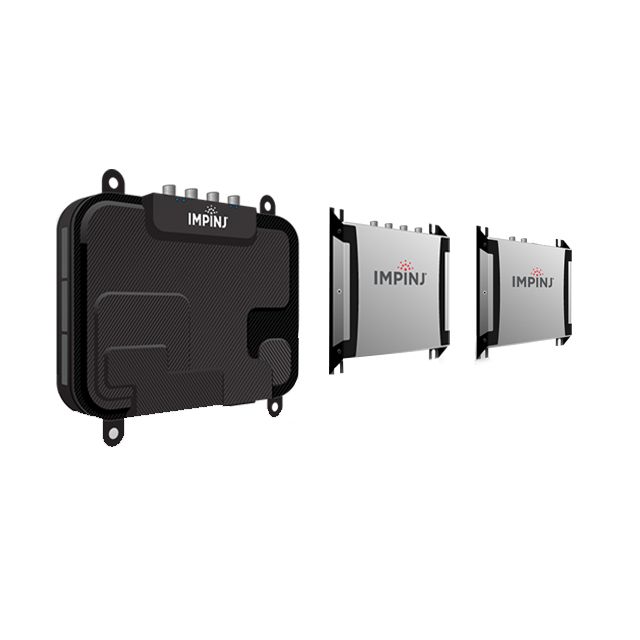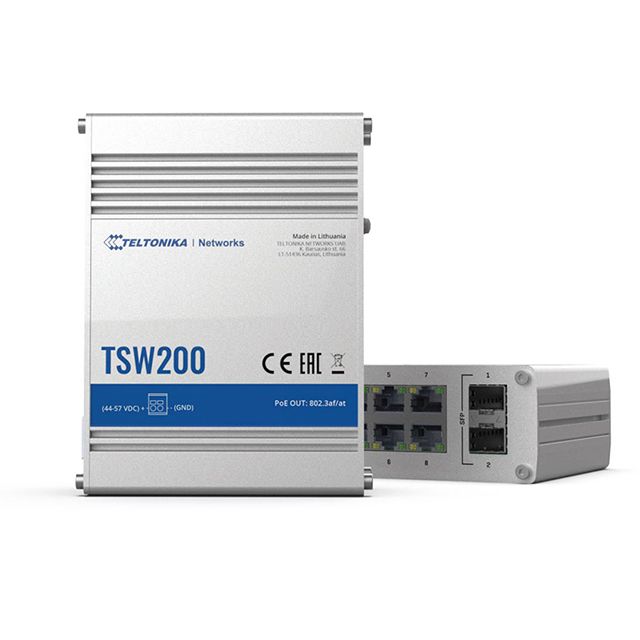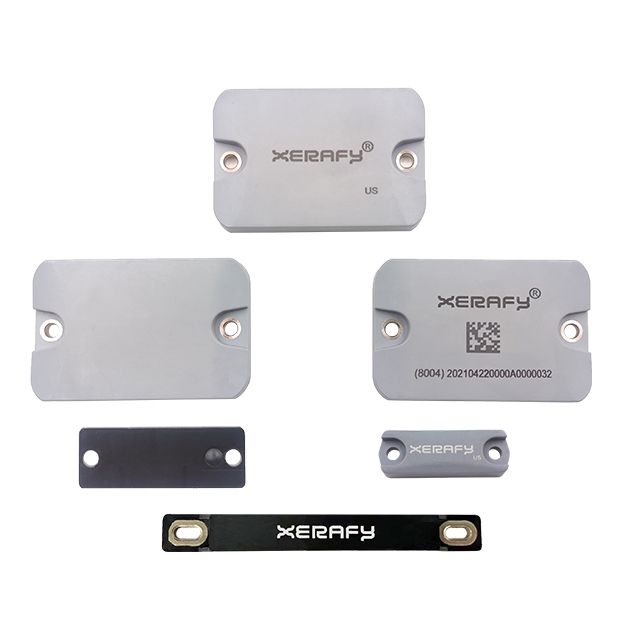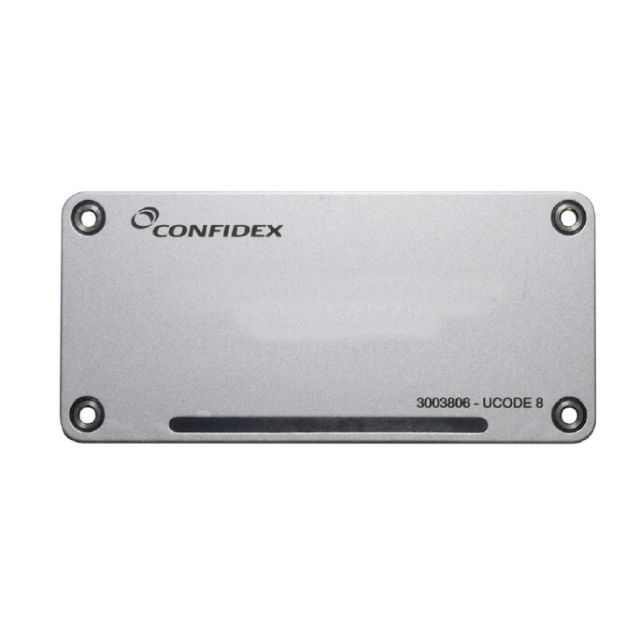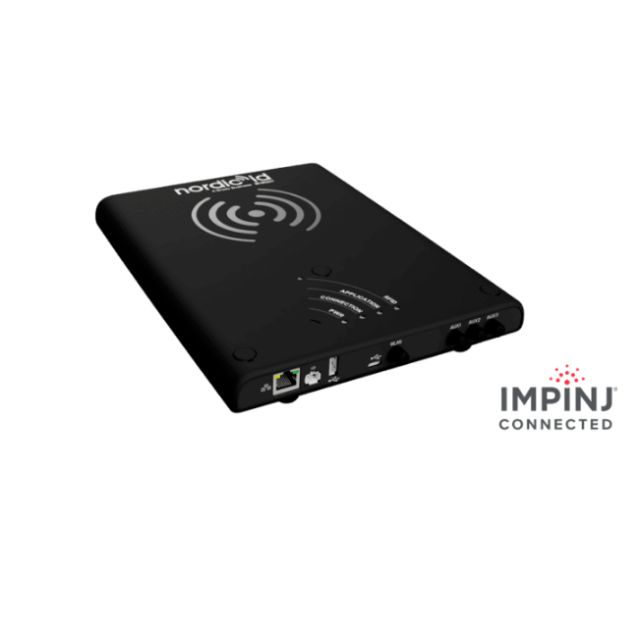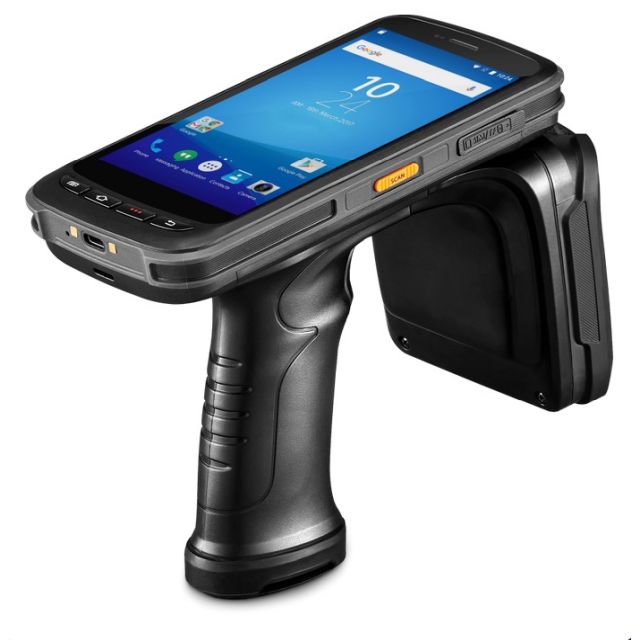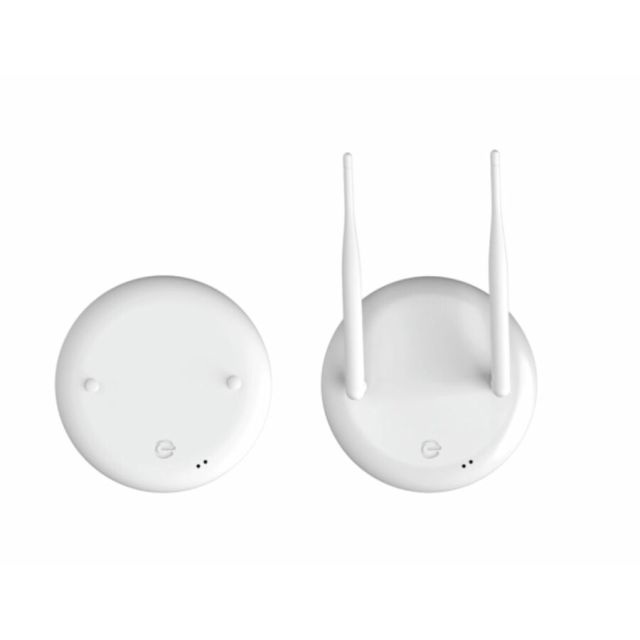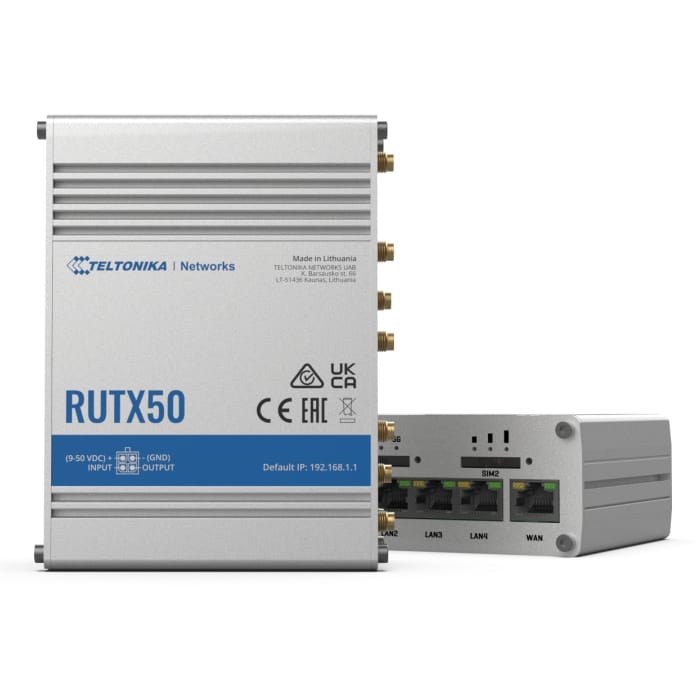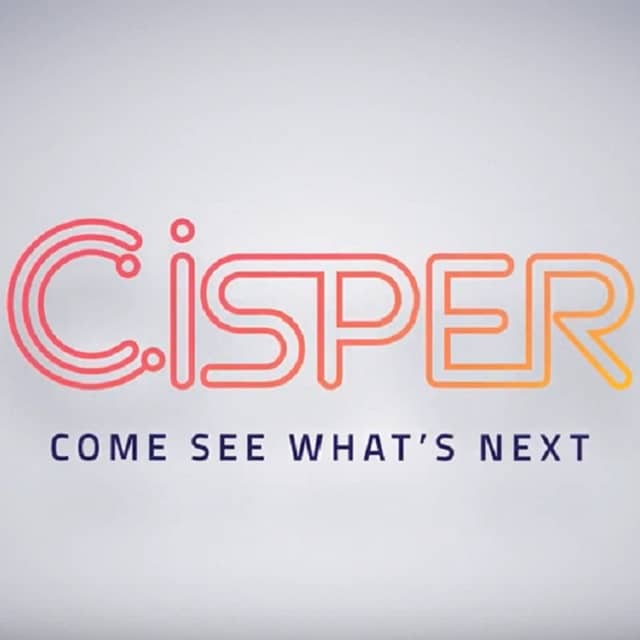Choosing the Right Tag, Reader and Antennas
- RFID hardware selection criteria
- Insights & trends in hardware selection
- IP rating and environmental conditions
- Tag size and transmission power
As a distributor of RFID hardware, Cisper has the hands-on expertise to support system integrators that are looking for the right RFID hardware for specific applications. What are the most important factors to consider when selecting RFID tags, antennas and readers? Bart van Elsdingen, Projects & Operations Manager at Cisper Electronics shares insights into the trends in the selection of RFID hardware in an interview with RFID & Wireless IoT Global.
Environmental Conditions and Robustness
Bart van Elsdingen: It is important to consider the application environment when selecting RFID hardware. The IP rating reflects the degree of robustness. RFID tags, antennas and readers are typically rated between IP50 and IP69. With IP67 for example, tags are fully dustproof and can be submerged up to a meter under water. Tags can also be designed to withstand high temperatures and chemicals, for example. Application on metallic assets and assets that contain liquids require specially designed RFID tags.
Read Range and Reader Connectivity
Bart van Elsdingen: Other key factors include the size of the tag and the read range. The larger the tag, the longer the read range. Companies need to define the distance between the tag and the antenna. RFID readers are the most complex part of an RFID system. Does the reader need to be powered via Ethernet? Does it require GPS or Bluetooth features, or perhaps on-board computing for standalone systems? Reader connectivity and transmission power must be considered. The larger the handheld, the more powerful the transmission.
Trends in RFID Hardware Selection
Bart van Elsdingen: The trends we see in RFID hardware selection are in direct relation to the chips. Despite the chip shortage, there are many new chips that are currently on the market. Companies naturally want to select RFID tags with the latest chips that will be available for the next few years. System integrators are always looking into the chip type, memory and EPC size when selecting tags. This also applies for readers, as most readers are based on a reader chip. Impinj for example has released a new reader chip range and discontinued the old chip range. Manufacturing giants will be using the new E310, E510, E710 and the E910 chips in reader production.



